
The 2024 Summer storm season is here. According to the National Weather Service, June, July, and August record the highest number of lightning strikes in the United States, due to warming temperatures and high humidity levels, which create the perfect conditions for thunderstorms to form (source: https://www.usatoday.com/story/graphics/2023/06/09/lightning-strikes-safe-summer-tips-safety/70278538007)
Summer storms cause millions of lightning strikes that can hit your home or business and cause electrical surges. These power surges can damage your valuable electronics. But you can be prepared for them with surge protection.
Stay Connected and Protected
A surge protector can help protect your devices from lightning and other power events. It’s not just your computer and TV; rechargeable electronics such as your smart phone and tablet are vulnerable to power surges when they are plugged in for recharging – which is every day for most people. If you lose your phone or computer to a power surge, you may no longer be able to connect to work, friends, news, and home entertainment. Your home and business need surge protection.
Choosing the Right Surge Protector
Surge protectors safeguard your devices and come in all shapes and sizes. But which one is right for you?
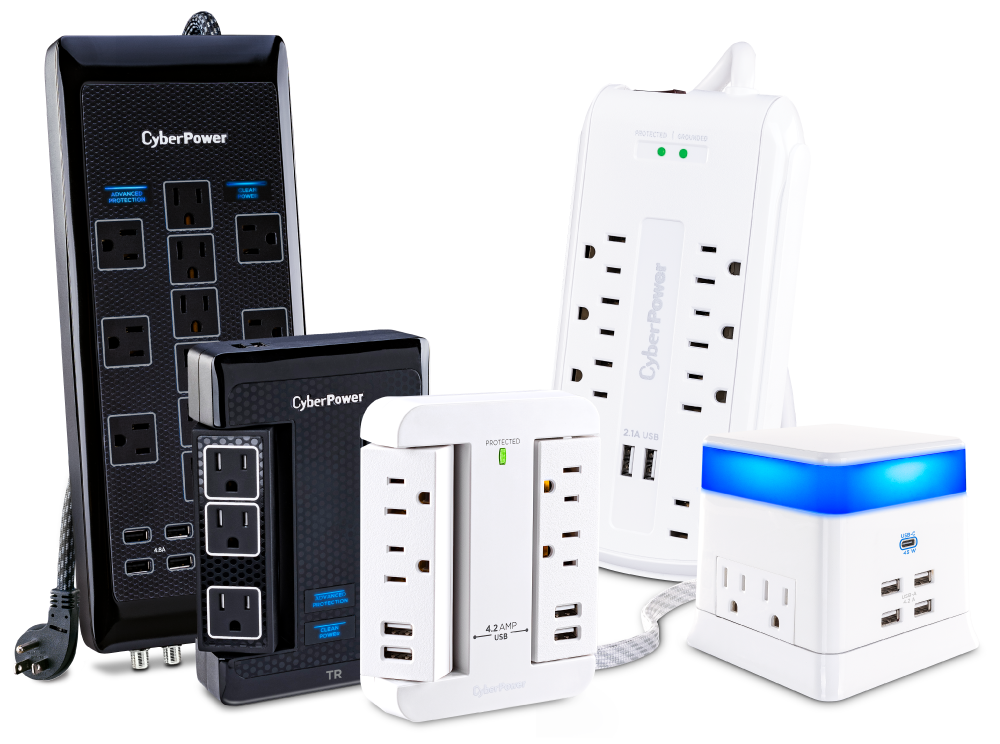
First you need to understand that a general power strip is not a surge protector. A power strip does not offer any “zap” protection – zero, zip, zilch. A power strip delivers utility power to your electronic devices, that’s it. If you want to protect your devices from electrical surges, you need power strip with surge protection.
How does a surge protector work? A surge protector diverts/absorbs dangerous electrical spikes before they can reach and damage your electronics.
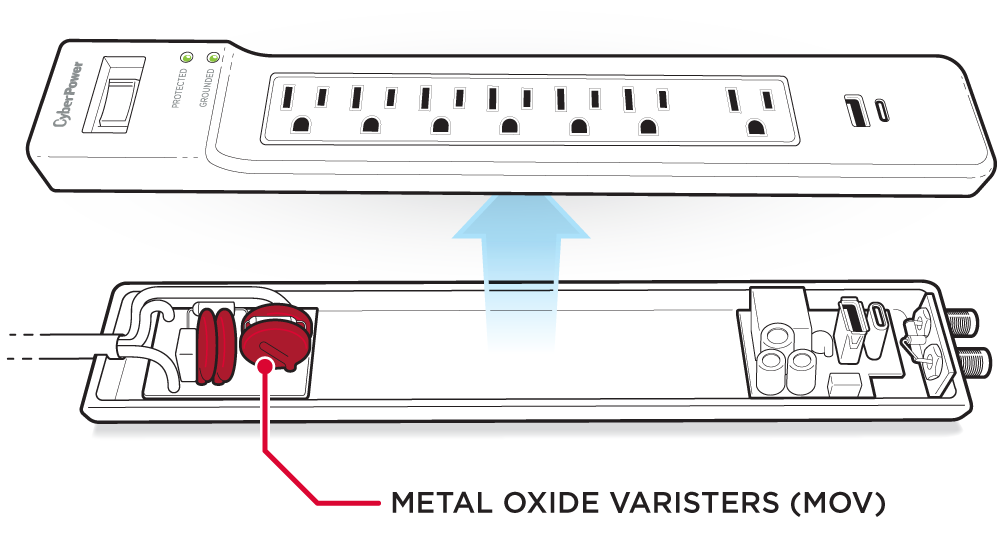
MOV is the Key
Surge protectors utilize metal oxide varistors (MOVs) that act as a gatekeeper between utility power outlets and connected devices. The MOV lets the “safe” electrical current pass through while diverting excess energy, or power surges, away through the ground wire.
Stay Grounded
So, surge protectors need to be grounded to work since they divert excess current into the ground line – away from your electronics. That’s important because it means you need to plug your surge protector into a 3-prong outlet. Why? A 3-prong outlet has a grounding wire. 2-prong outlets do not.
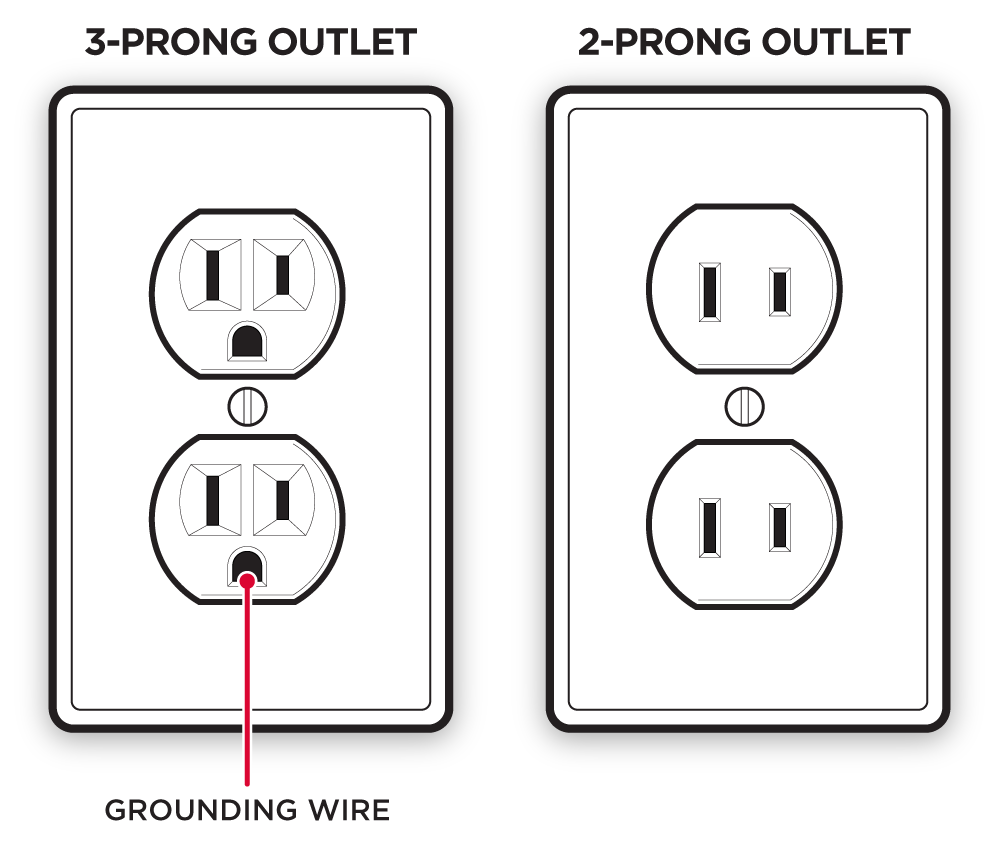
Clamp Down
Clamping voltage is precisely how much electricity the MOV, or gatekeeper, will allow to pass through before it diverts the excess through the ground wire. Hence, the lower the clamping voltage, the better. 400 volts or less is generally the recommended clamping voltage.
Valuable Joules
Joules (pronounced jewels) are a measurement of the amount of excess energy that a surge protector can absorb. Each surge protector has a joule rating. Think of a joule rating as a bank of absorption currency. Once the bank of joules has been depleted, the surge protector can no longer protect the connected devices and should be replaced. So, the higher the joule rating, the better because over time, joules will be slowly depleted by surges. If your surge protector has an LED indicator light, it will signal whether your devices are still protected.
How many joules do you need?
Below are some common devices and the recommended joules needed to protect them from a power surge:
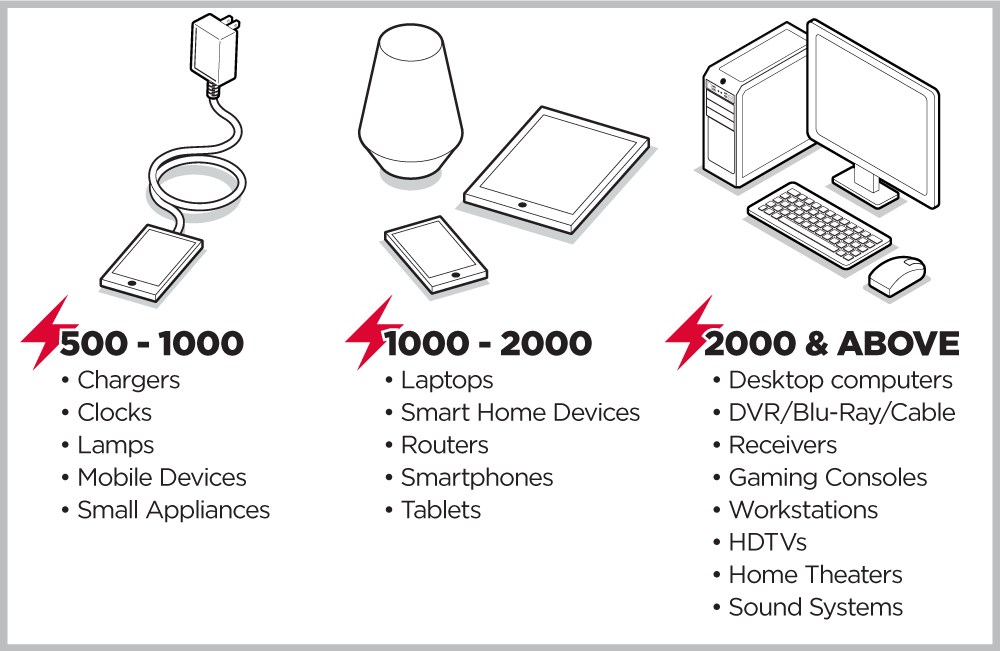
For more information about joules, see: https://www.cyberpowersystems.com/blog/joules-the-key-to-surge-protection/
Map out a Protection Plan
Below are a series of illustrations that depict common applications of common consumer electronics. Determine which of these rooms and electronic devices apply to your home and what devices you want to protect from power events. This will help you determine how many and the types of surge protectors you need to protect your devices.
Home Office
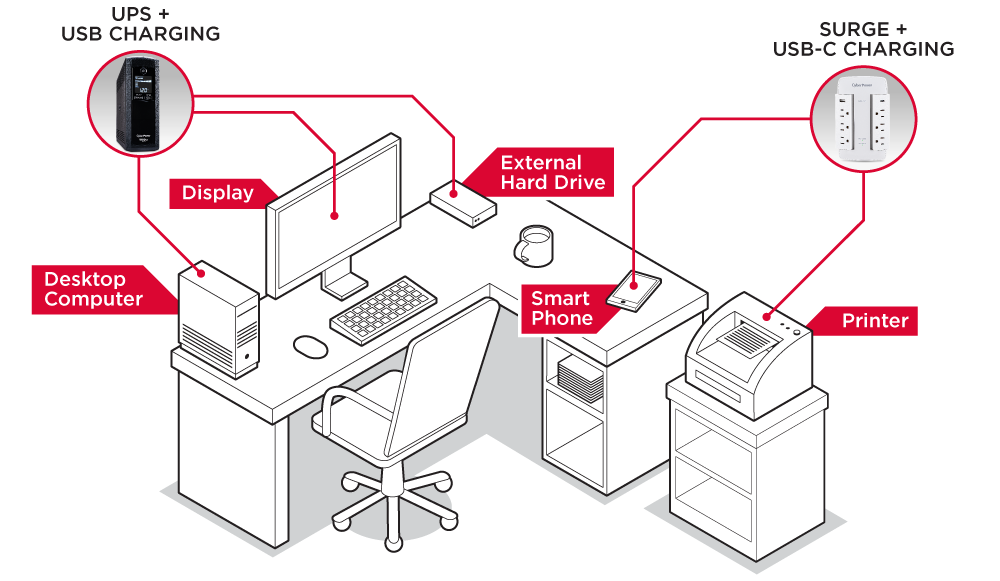
Living Room/Home Theater
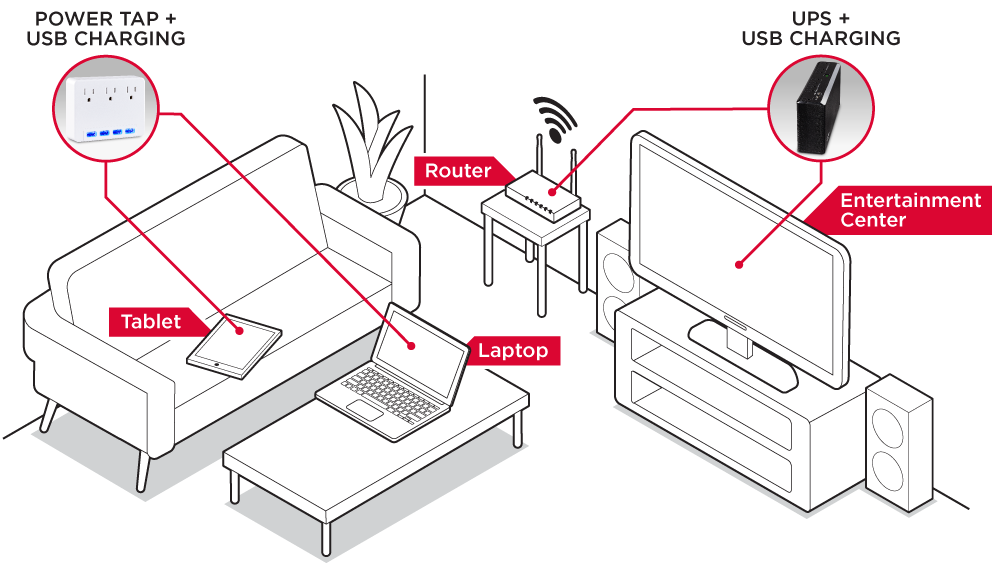
Kitchen
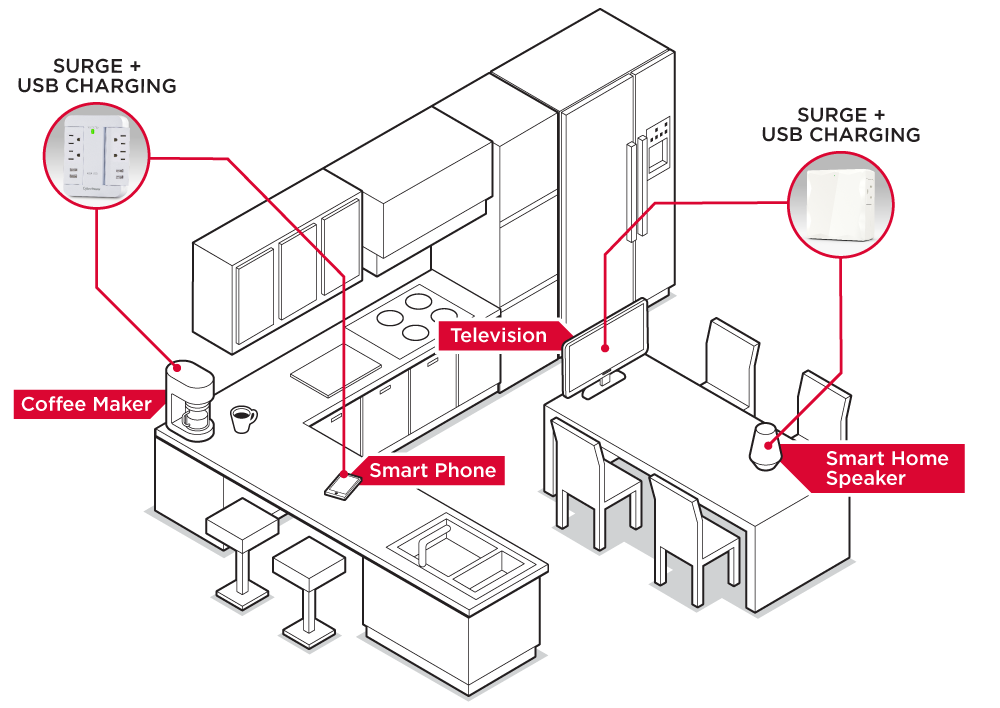
Watt to Remember
Key things to remember when buying a surge protector:
- Grounded Outlets: Enough 3-prong outlets to support your devices plus a few extras for future needs.
- Joule rating: The higher the better.
- Clamping voltage: The lower the better.
- LED indicators: To be certain that your devices are protected from power events.
- Form factor: Strip vs. Wall Tap.
For more information on the different types of surge protectors and how to select the right surge protection for your home, check out our surge protector buying guide: https://www.cyberpowersystems.com/resources/choosing-a-surge-protector/
Storm season is unavoidable, but you can protect your home and electronics with a comprehensive surge protection plan. When you need a surge protector, CyberPower is your ultimate ally in power and provides solutions to all your power protection needs.
You can find CyberPower surge protectors at these retail stores. https://www.cyberpowersystems.com/products/surge/


